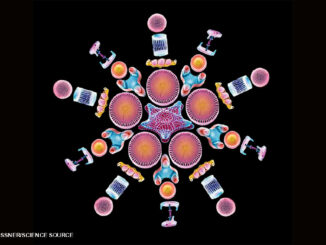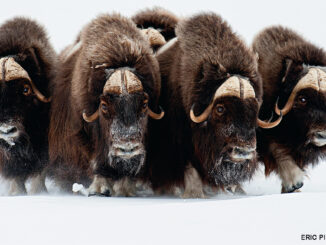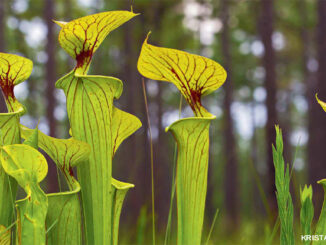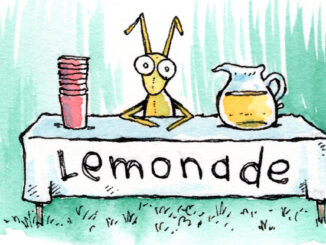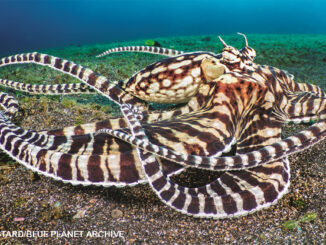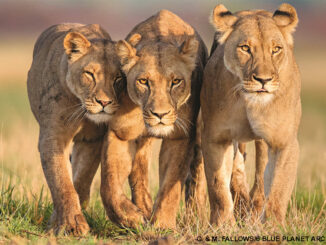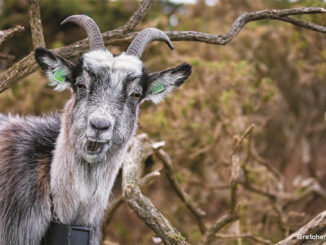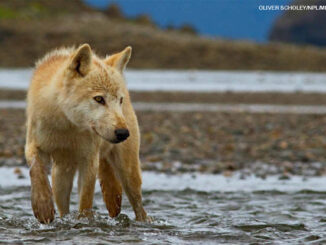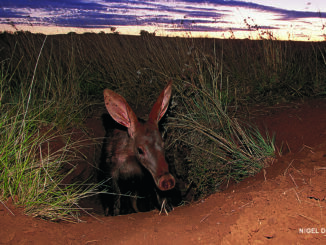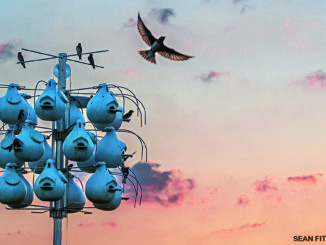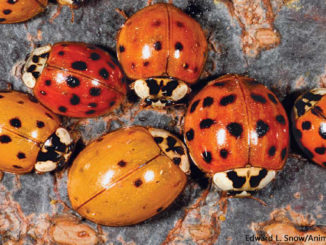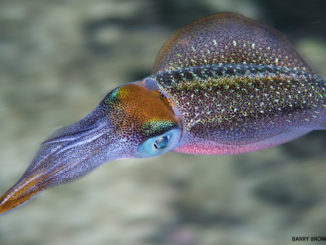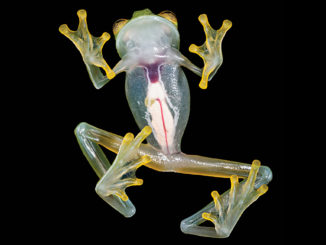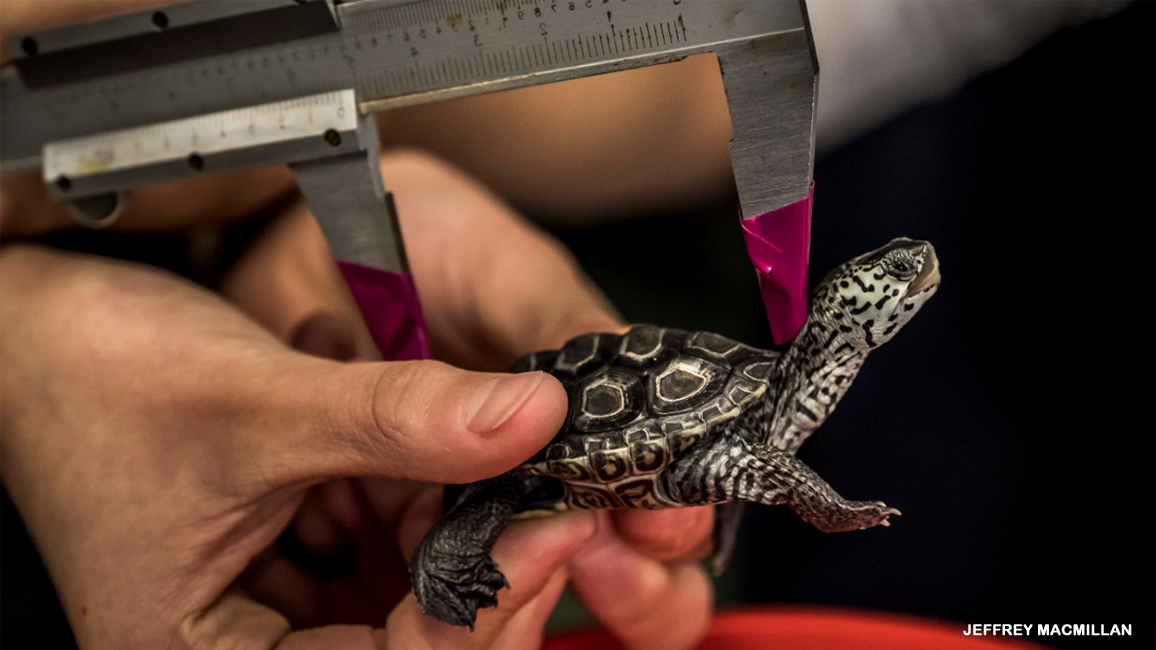
Giving Terrapins a Head Start
By Hannah Schardt; photos by Jeffrey MacMillanThanks to some help from schoolkids, this little turtle, and others like it, are getting bigger and stronger every day!

The young diamondback terrapin (above) is being measured in a science classroom at St. Andrew’s School in Annapolis, Maryland. But it’s not a class pet. At the end of the school year, the terrapin will be taken back to the place where it hatched: a small island in the Chesapeake Bay.
For the next few months, though, the turtle will get plenty of nutritious food, regular checkups, and lots of attention. It will also avoid the dangers that come with being a small turtle living in the wild.
Why all this tender, loving care? You can find the terrapins along much of the Atlantic coast of the United States, from Massachusetts to Florida. But for many years, people caught them for food, accidentally trapped them in crab traps, and built houses over their coastal habitat. So there aren’t as many diamondback terrapins as there once were. Keep reading to meet some of the kids who are trying to change that.
A measuring tool called a caliper shows that this little diamondback terrapin is growing quickly. Soon the turtle will be swimming in the Chesapeake Bay.

TINY TERRAPINS
When they first hatch, baby terrapins are smaller than Oreo cookies. They make tasty little meals for many predators, from gulls and herons to foxes and fish. So, in the wild, only about 1 in 100 baby terrapins survives its first year.
Several years ago, people who study terrapins in Maryland decided to try to give some hatchlings a head start in life. They collected a few dozen of the baby turtles from the shores of Poplar Island, in the Chesapeake Bay. Then they brought them to schools around the state.
With kids and teachers looking after them, the terrapins would get a chance to grow without the stresses of avoiding predators or finding enough food. And the kids would have a chance to get up close and personal with Maryland’s official state reptile!
MEET THE TERRAPINS
In September, fifth and sixth graders at St. Andrew’s welcomed two tiny terrapins to their science classroom. Their first job as turtle caretakers? Naming the new guests! The students campaigned for their favorite names. They even made posters. And in the end, the whole school got to vote. The winning names: Chips and Avocado. (Do you think the vote happened right before lunch?)
Each week, the kids at St. Andrew’s weighed and measured the growing terrapins. They also did an experiment to find out whether terrapins grow better in cooler or warmer environments. Chips was kept in a slightly cooler tank than Avocado’s. In the end, Avocado grew a little faster. But both turtles grew MUCH faster than they would have in the wild. In fact, by the time they were ready to return to Poplar Island, the one-year-old terrapins were as big as three-year-old wild ones!
Let’s talk turtles! Students at St. Andrew’s School in Maryland talk with their teacher, Kristin Werner, about how fast the terrapins are growing (top left photo).
Avocado the Terrapin paddles around an aquarium inside the science classroom (above).
Fifth grader Saige carefully moves Avocado to a bucket. It’s time for the terrapin to be weighed and measured. (top right photo)
She’s growing! Well fed on a diet of turtle food and crickets, Avocado has gained a few grams since her last weigh-in. (bottom right photo)

HOMECOMING
By early May, Chips and Avocado are big and healthy and ready to go back to the wild. The kids and terrapins take a bus from their school to a dock on the eastern shore of Maryland. Then they take a short boat ride out to Poplar Island. After a tour of the island, it’s time to let the turtles go.
“Saying goodbye is SO hard,” says Emma.
The kids place first one terrapin, then the other, at the water’s edge. Chips and Avocado hesitate for just a minute. Will they know what to do? They will! Suddenly they’re off, paddling away into the Chesapeake Bay.
“It will be sad to not have them in the classroom anymore,” says Ella. “But they will be out here, and that’s even better!”
Welcome home! Saige carries a bucket containing Chips the Terrapin off the school bus. (far left photo)
All diamondback terrapins have diamond-shaped rings on their shells. But no two terrapins have exactly the same shell pattern. Avocado, on the left, has much brighter colors than Chips. (top photo)
“We will miss you!” says Brooke, as Ella and Emma wait for their turns to bid Chips farewell (above).
Hello, big world! Avocado slowly makes her way to the water’s edge while the kids and their teacher say their final goodbyes (above right).
Rangers: Thanks to the National Aquarium in Baltimore, Maryland, for helping with this story. —R.R.


